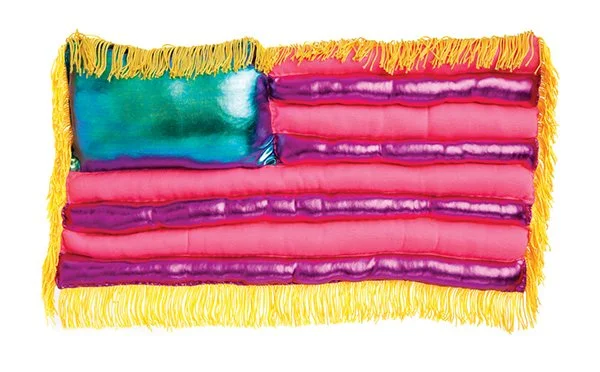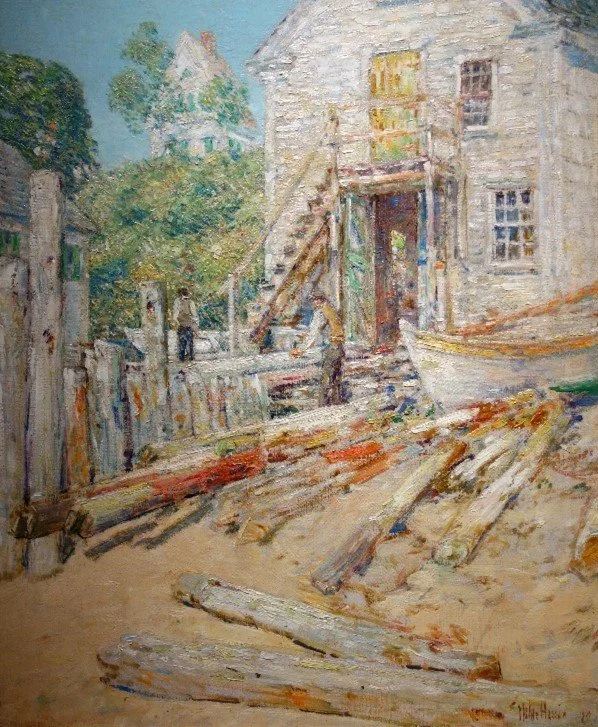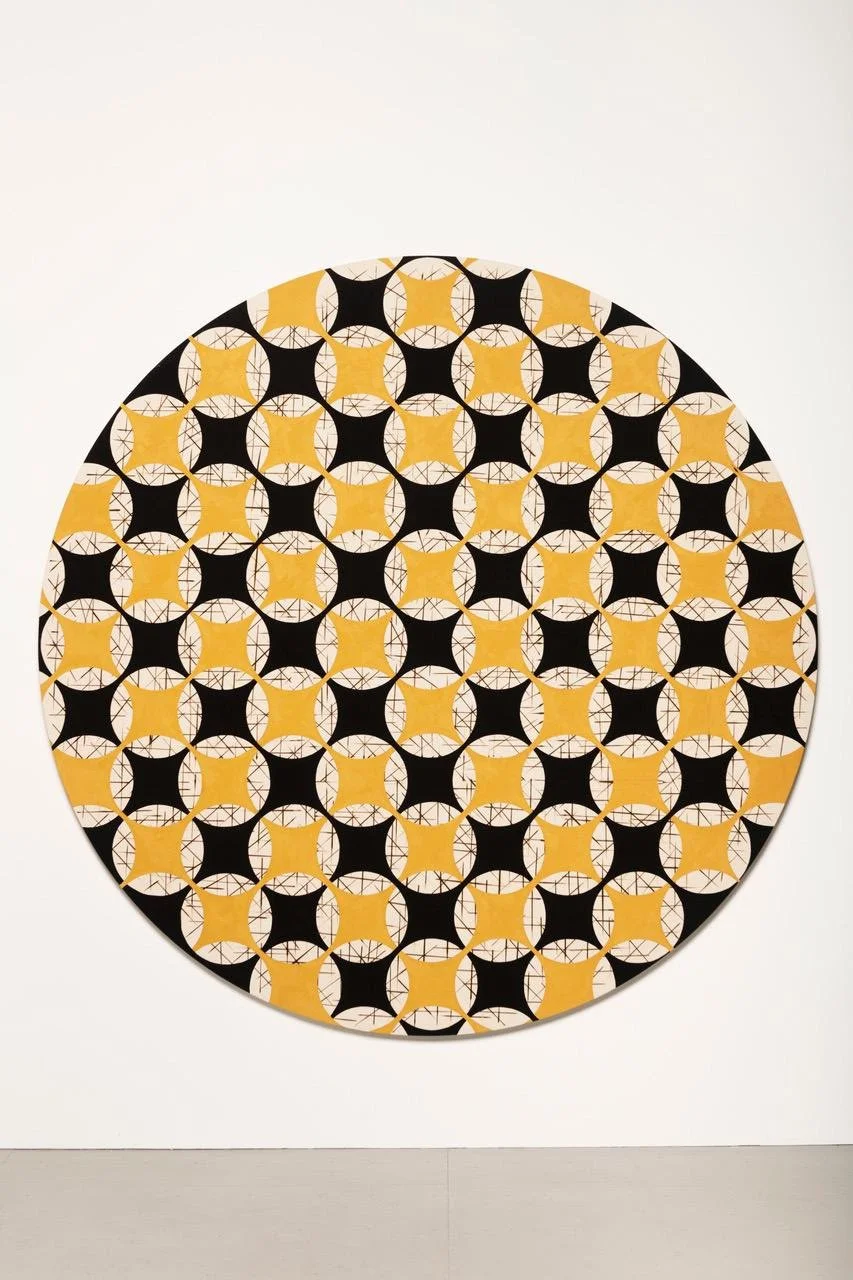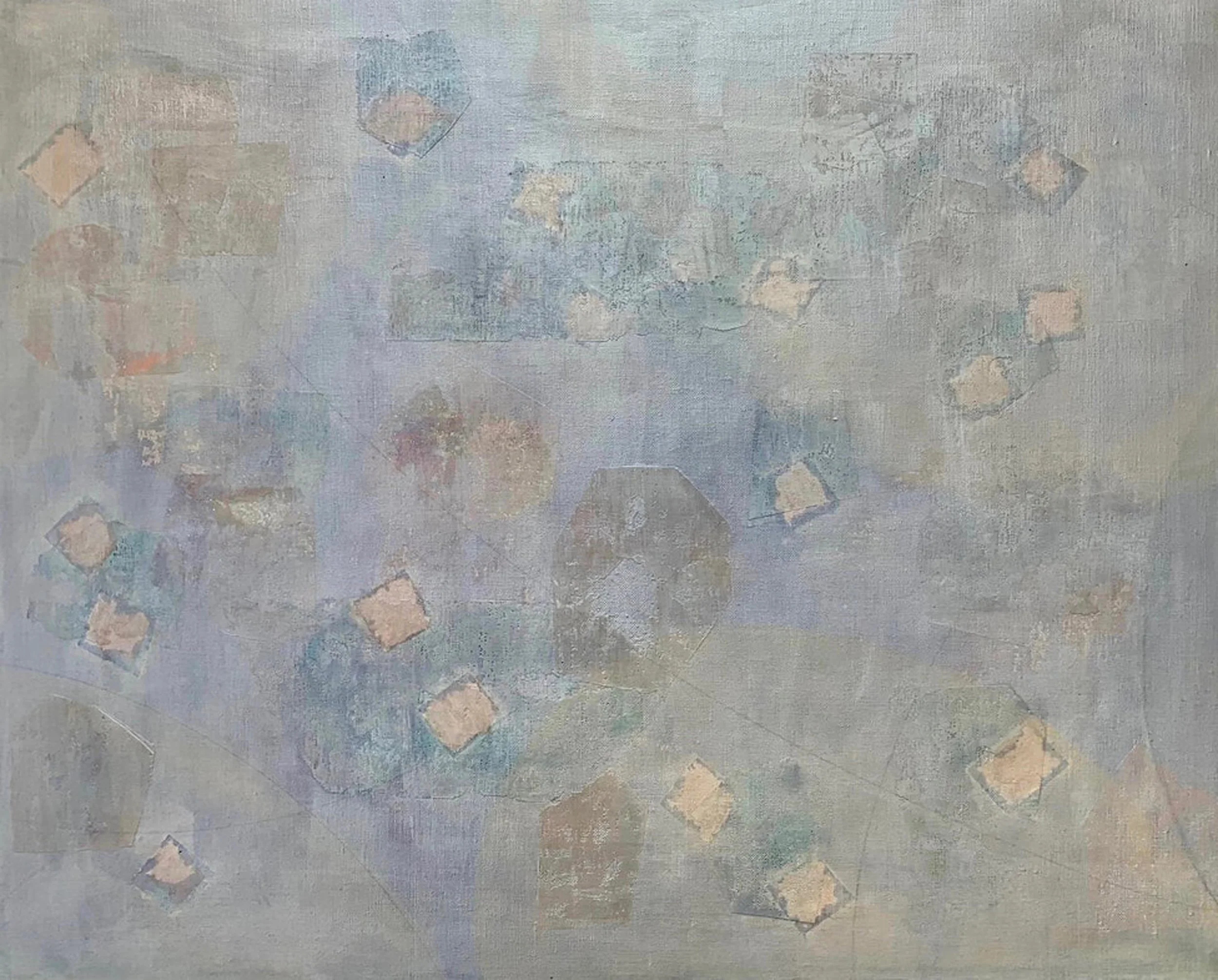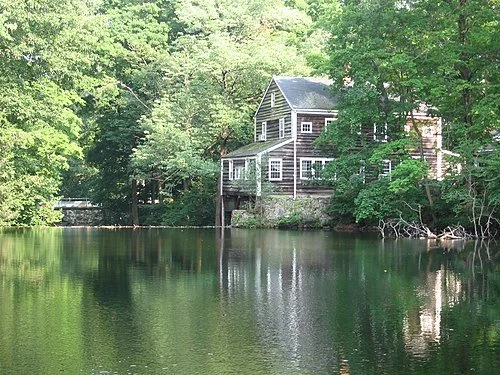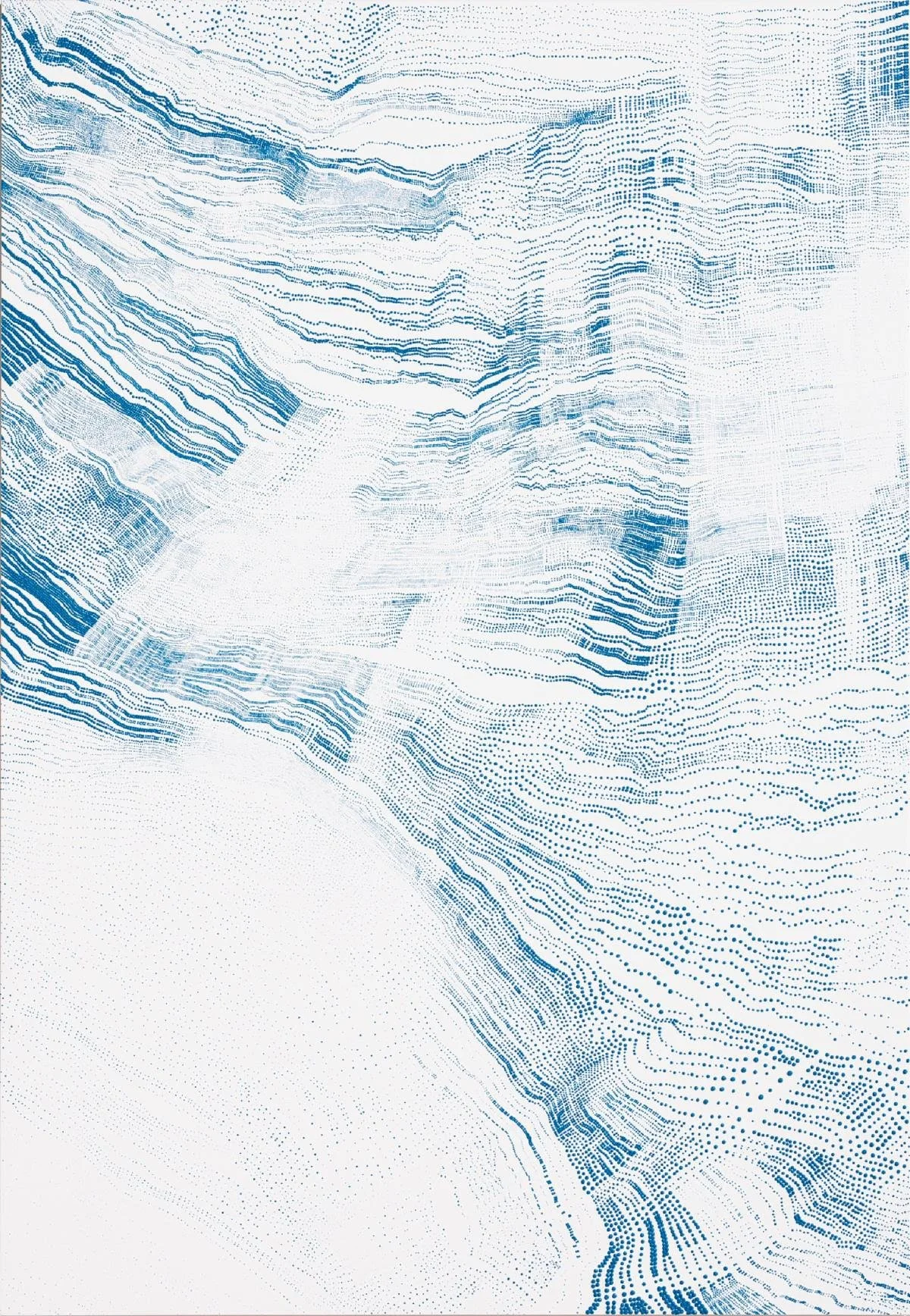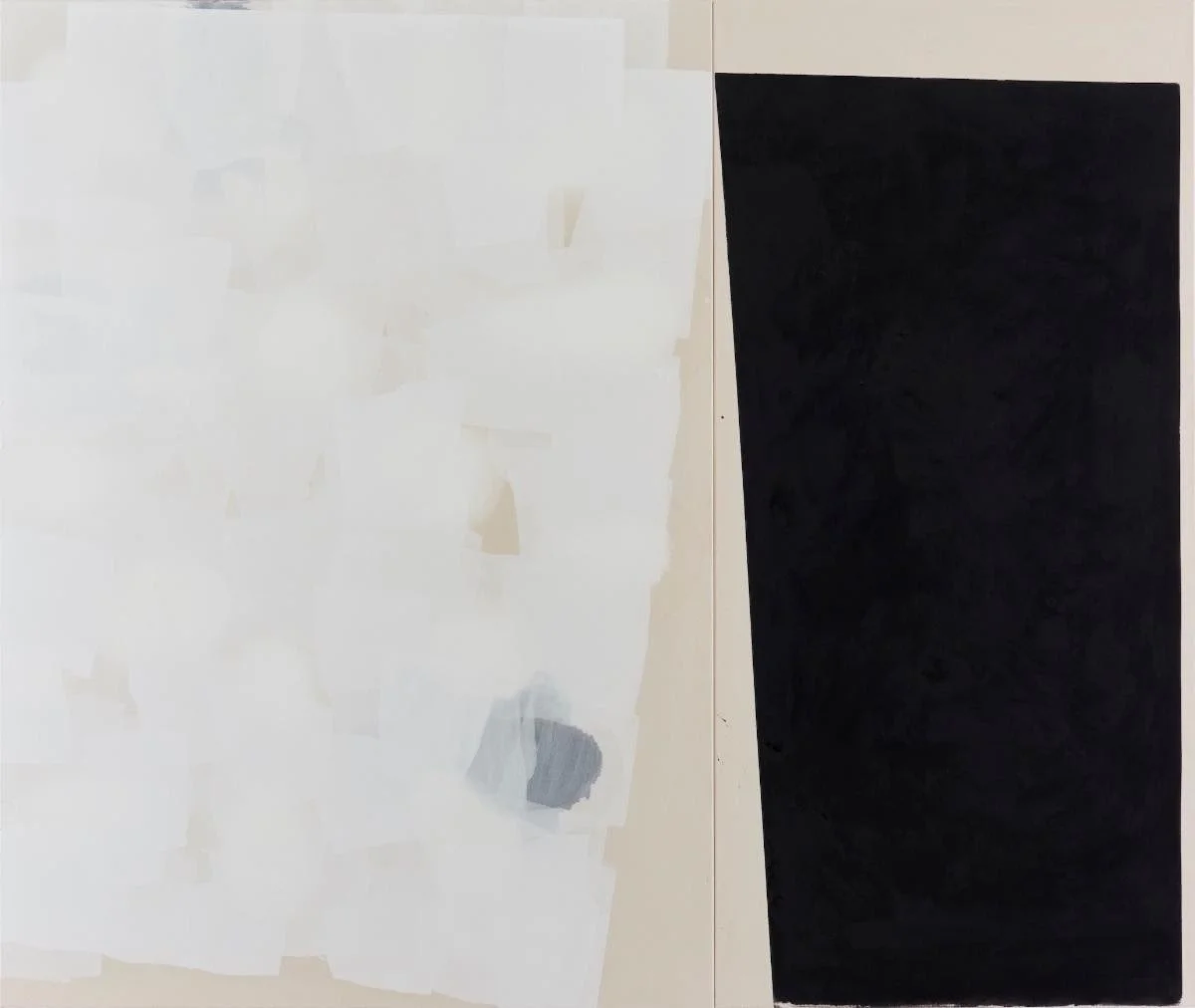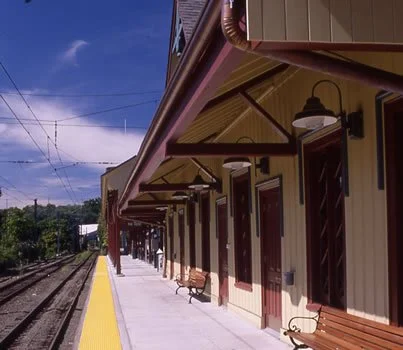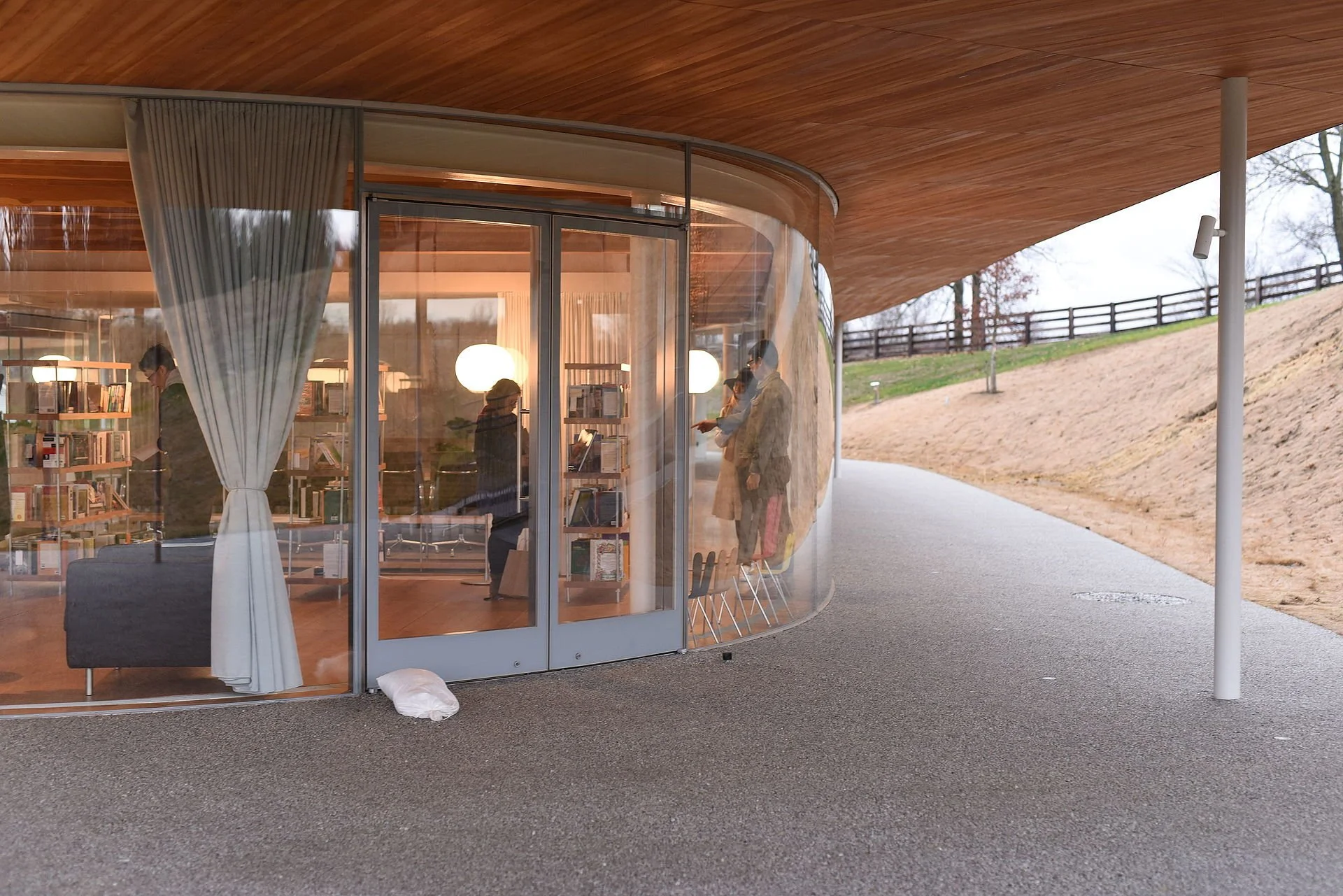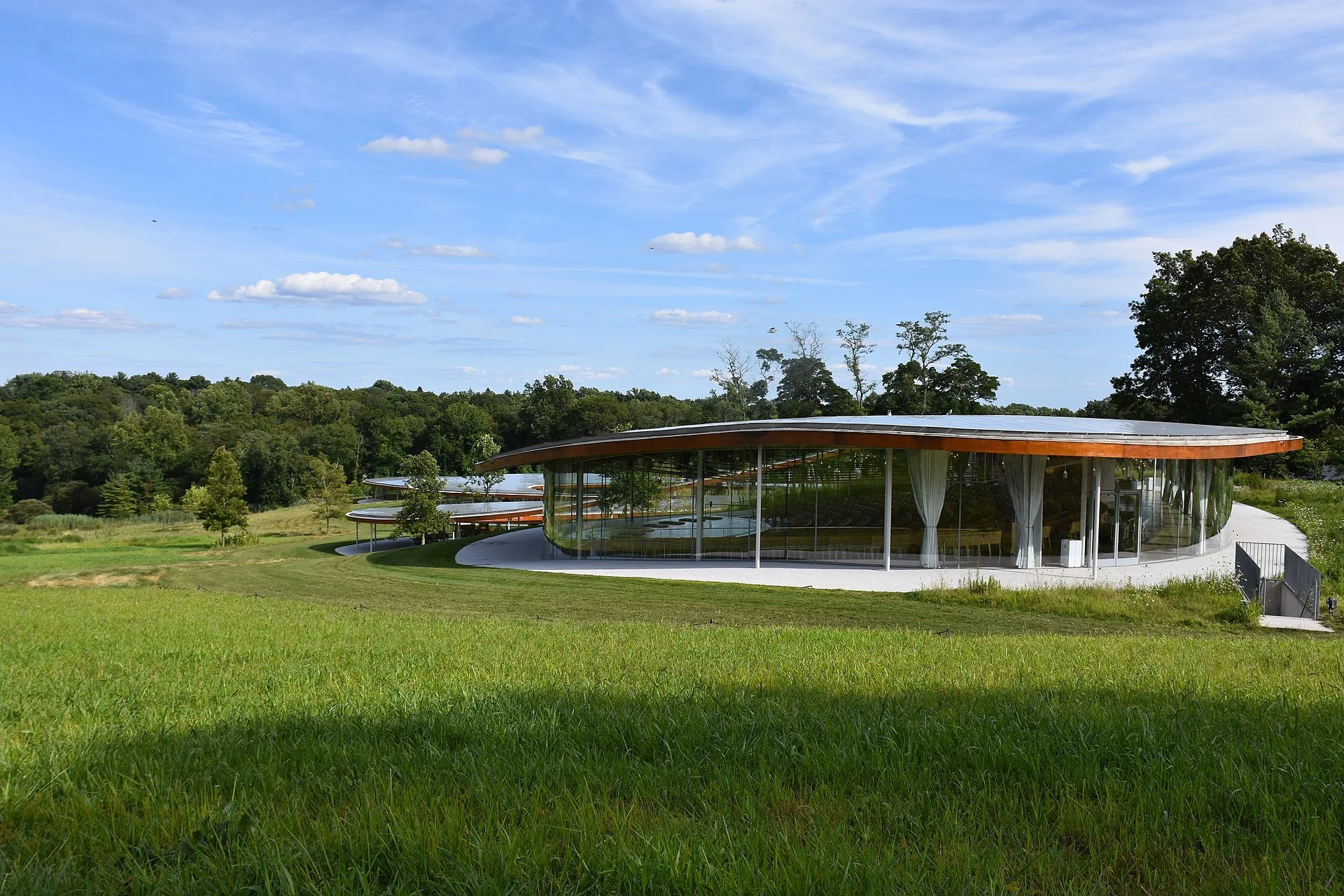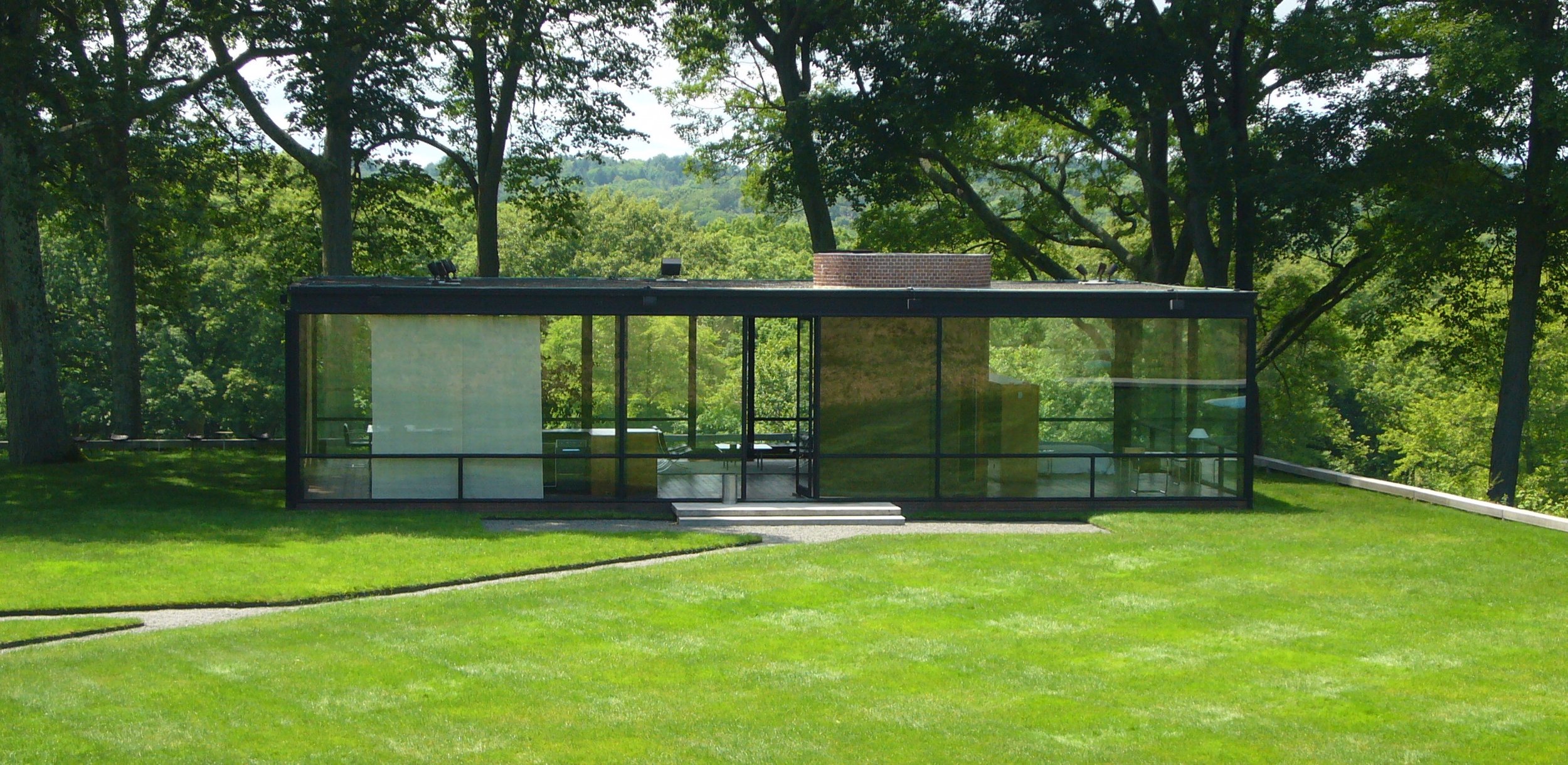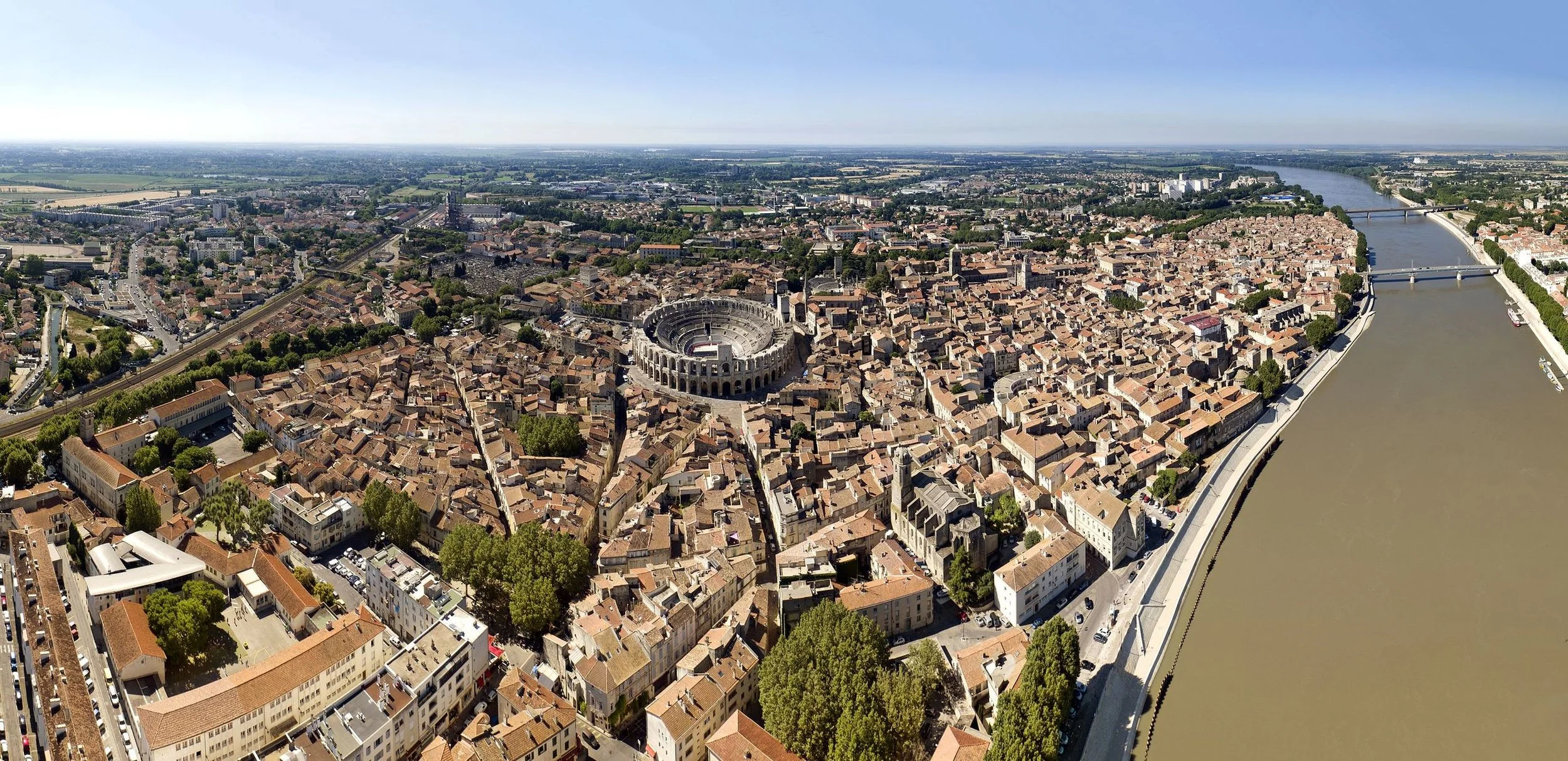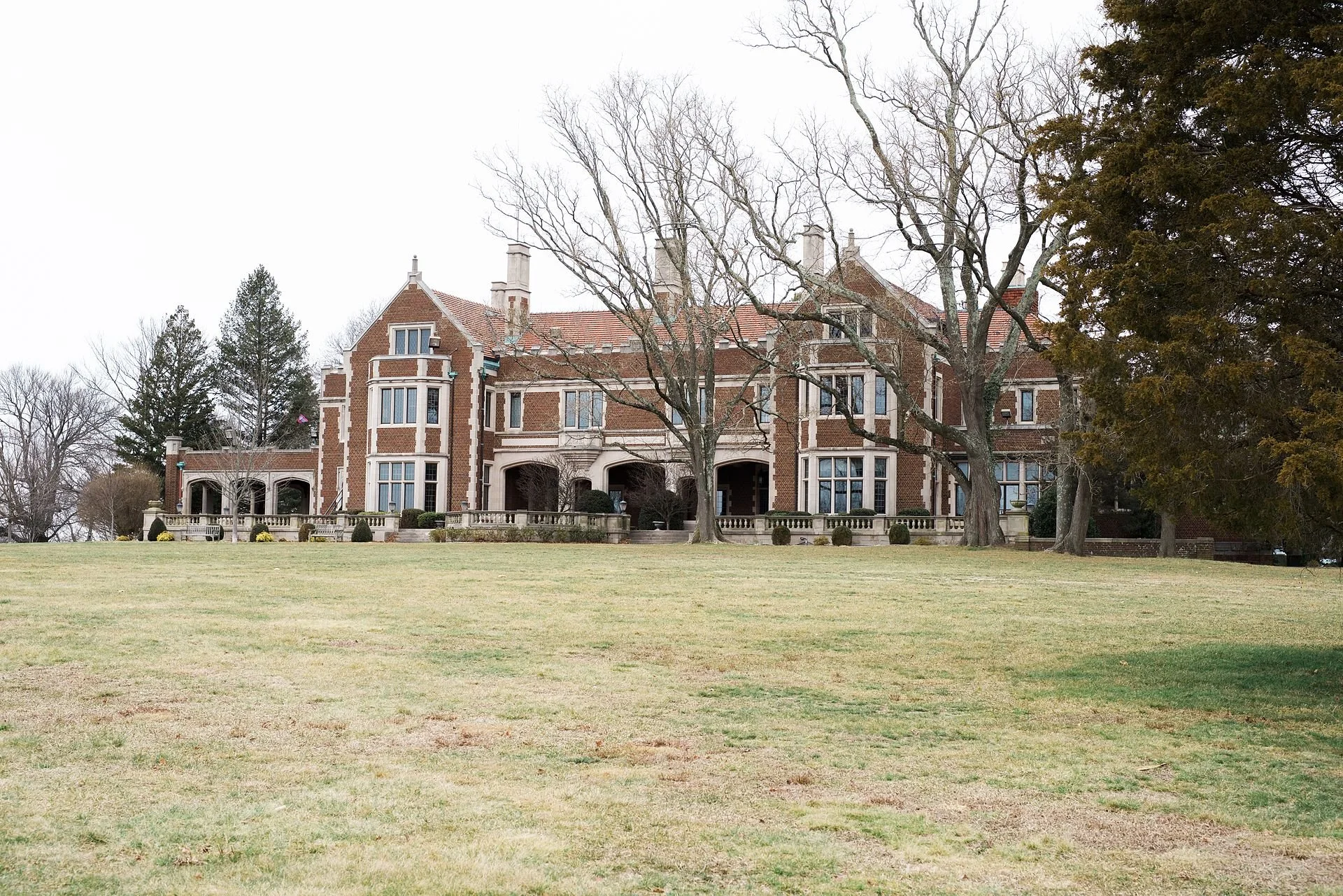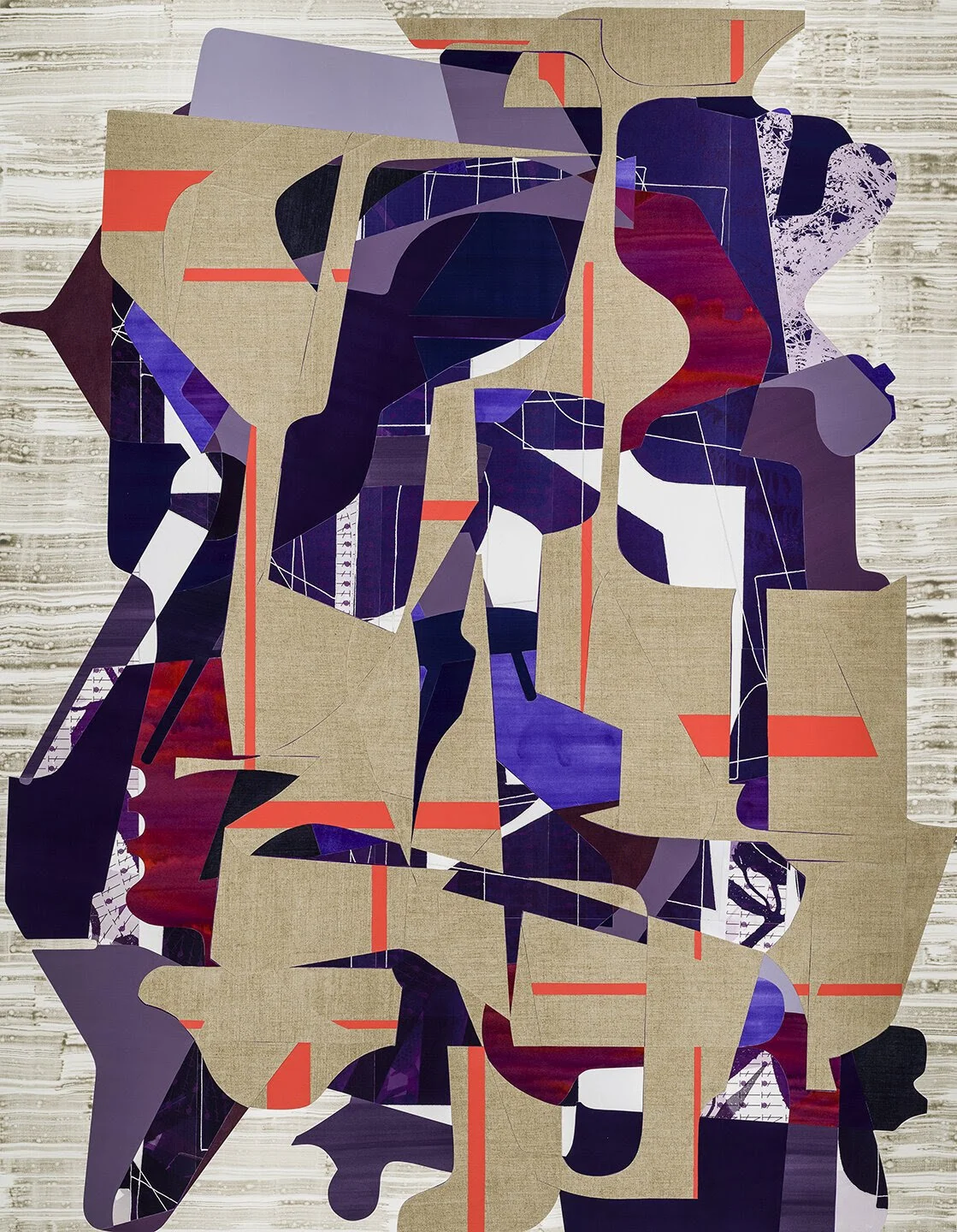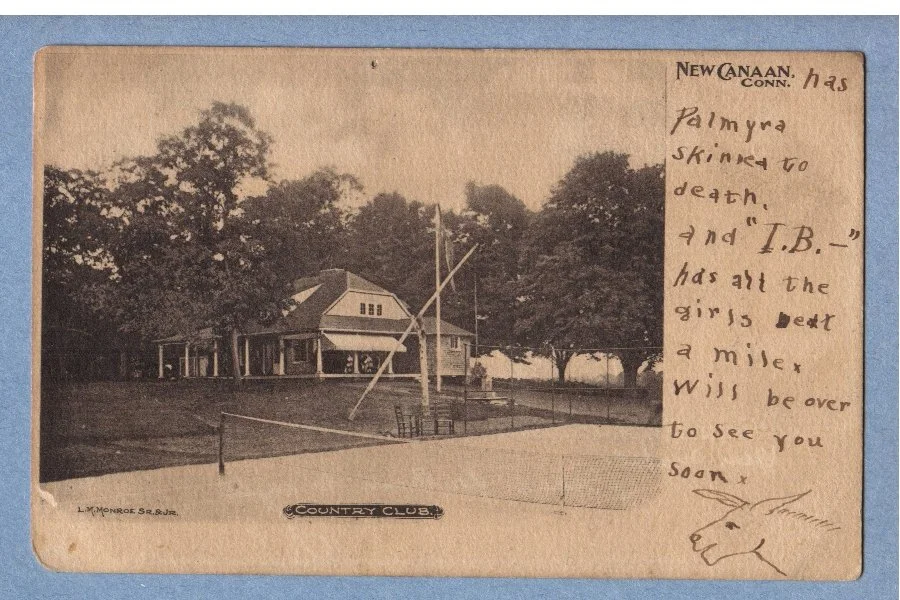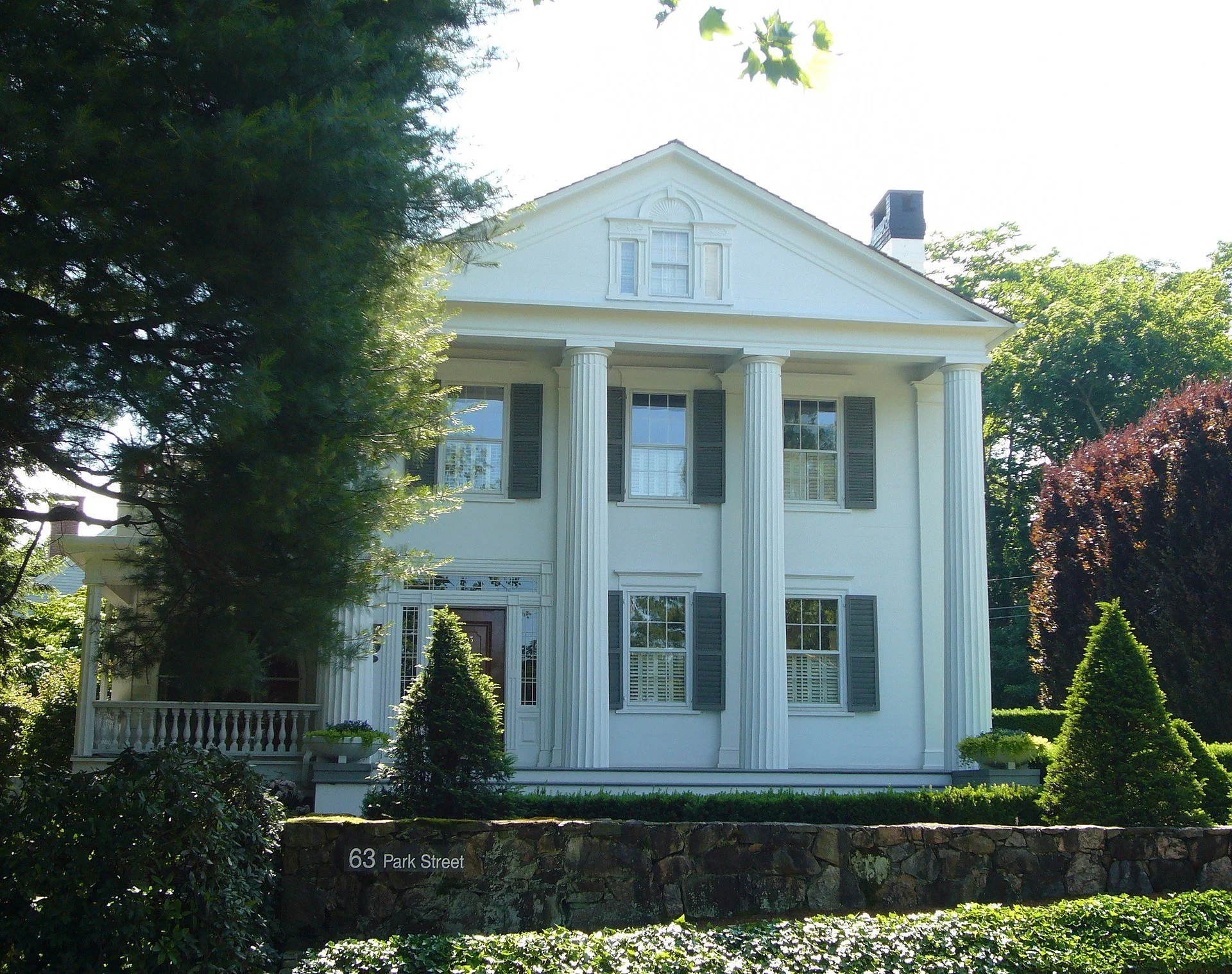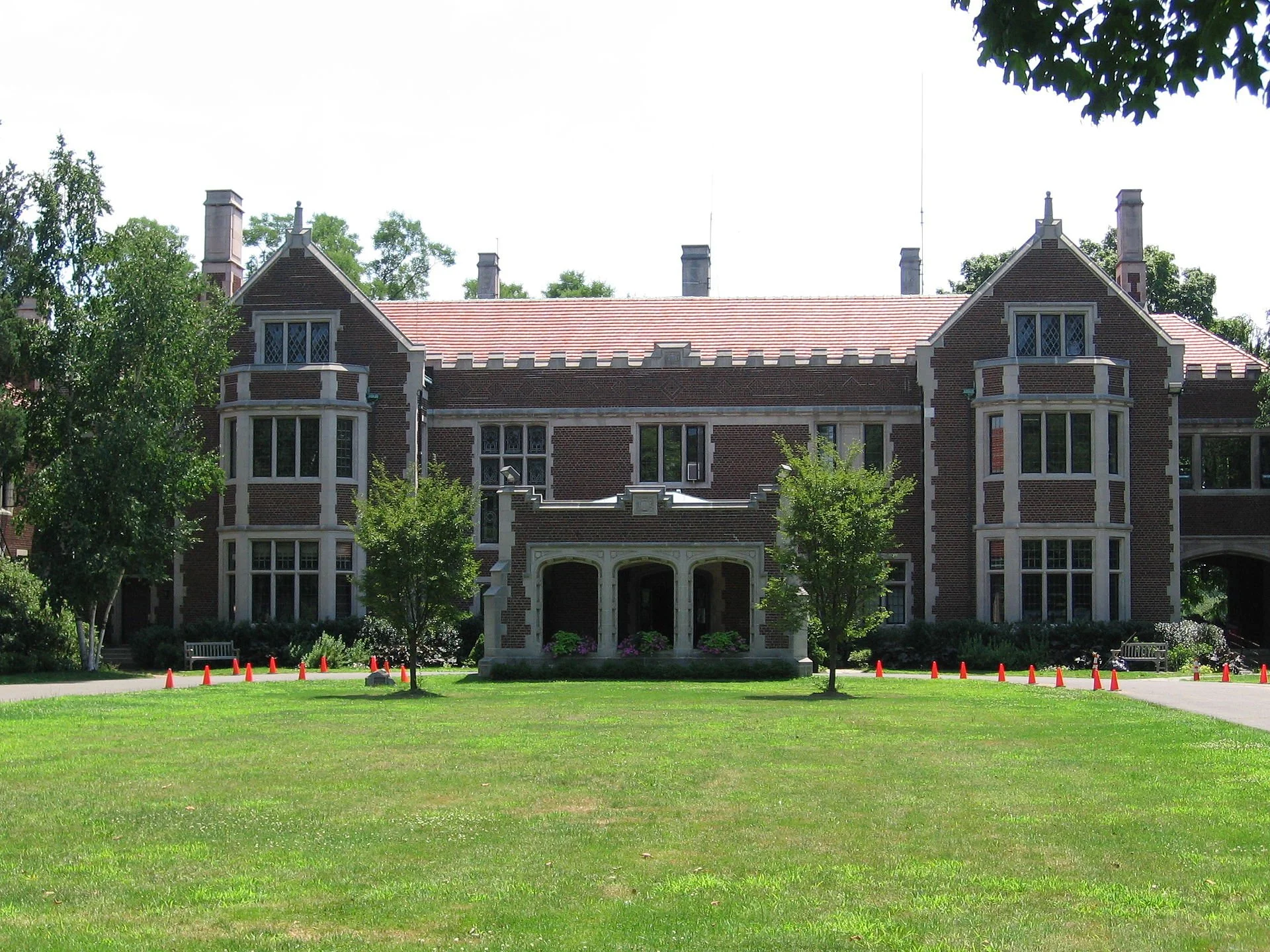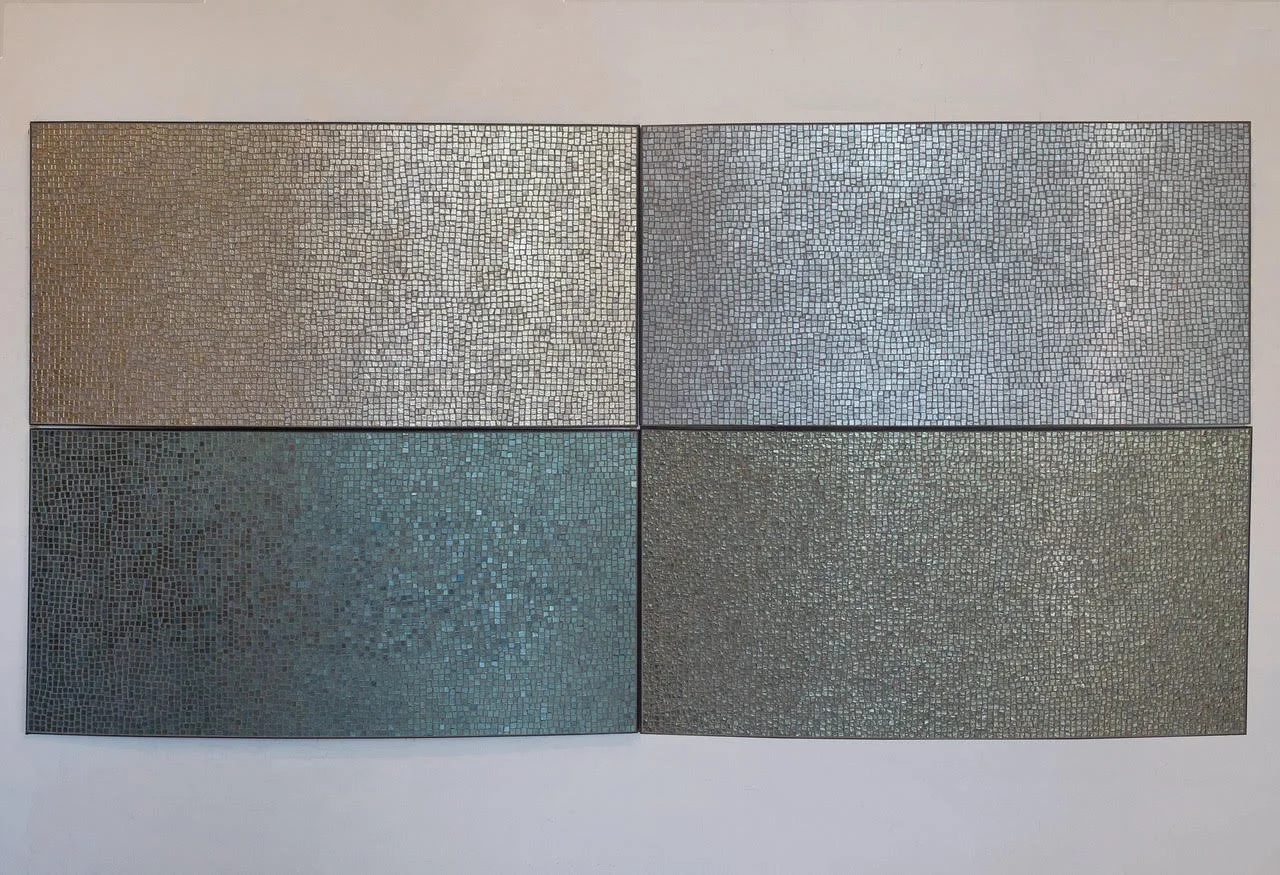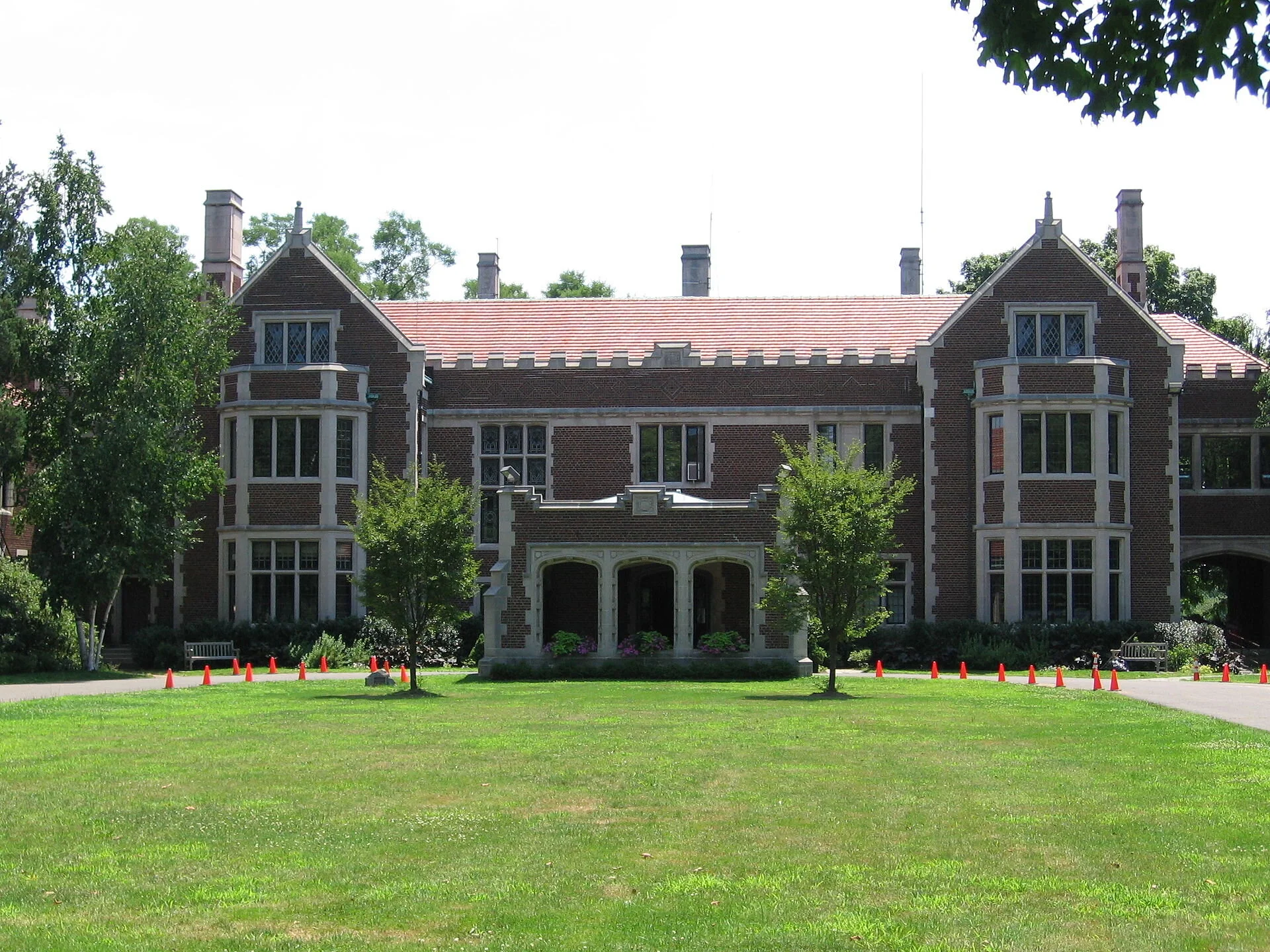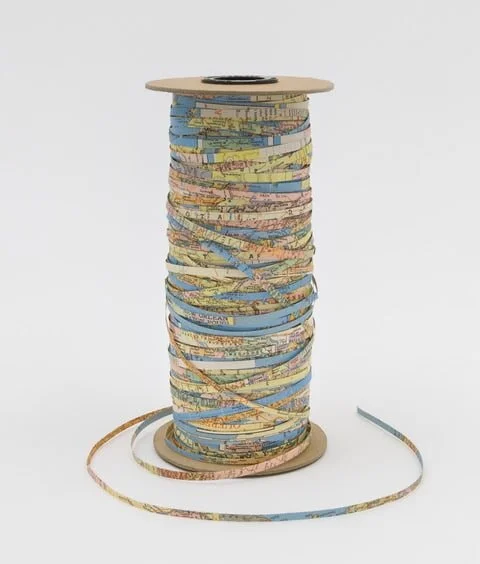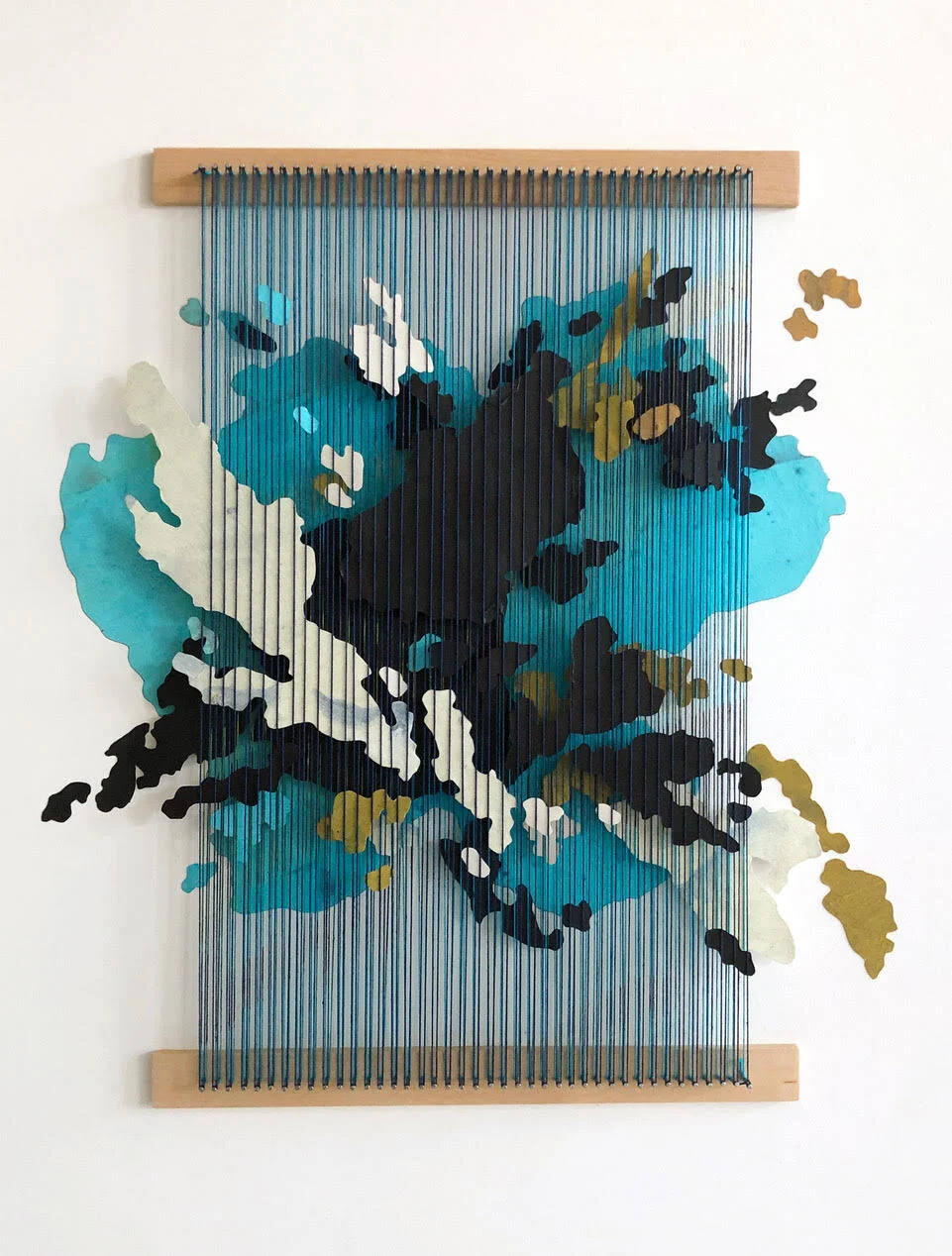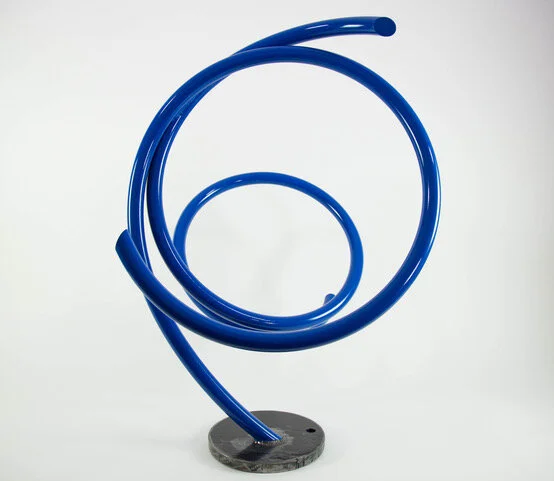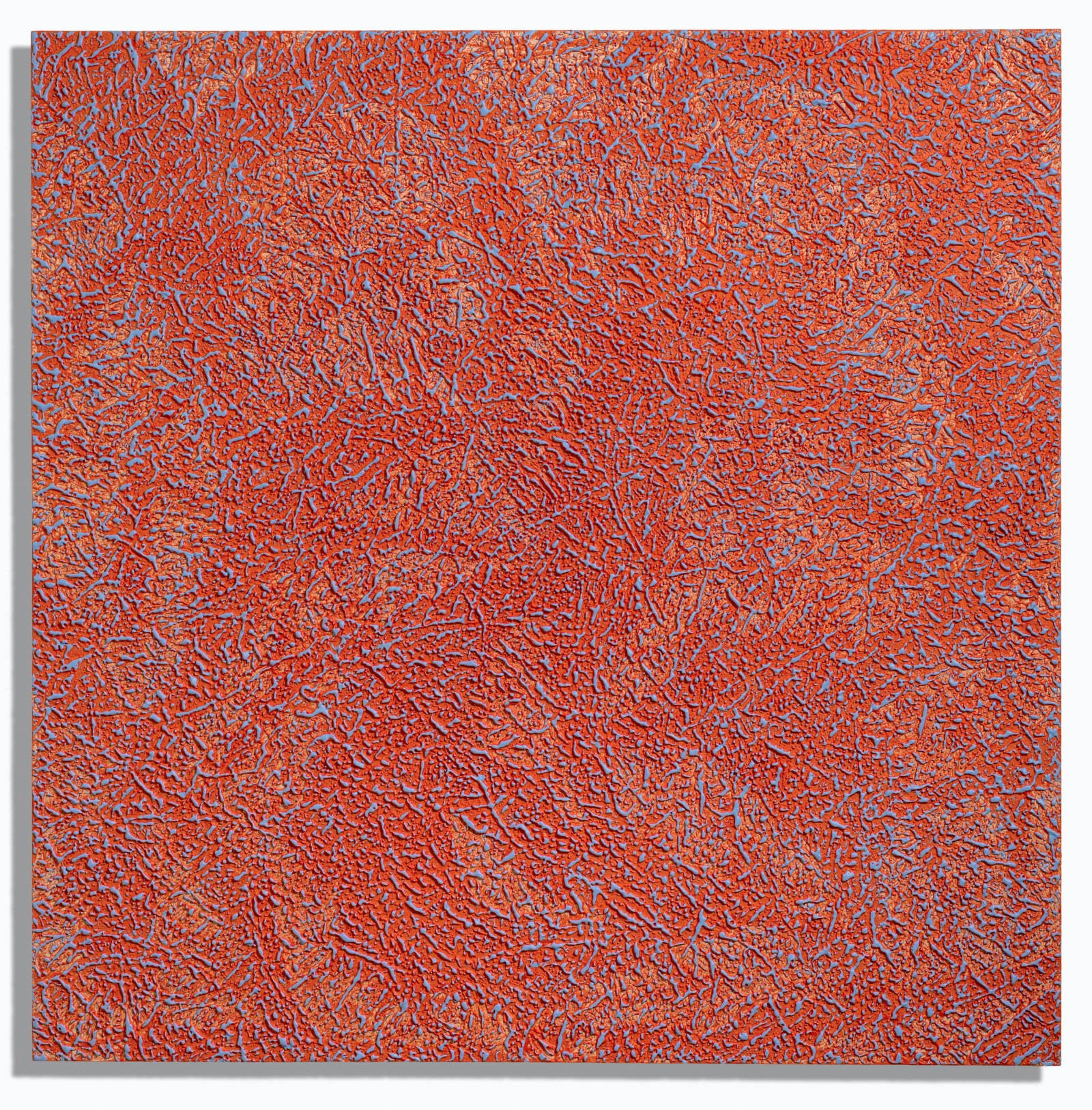VERNON, Conn.
Whenever French President Emmanuel Jean-Michel Frédéric Macron comes to mind, more often than I would wish, my remembrance floats back to a conversation we had with François, a boat owner in Arles more French than the Eiffel Tower and more emblematic of France than Macron.
François’s boat was parked on the Rhone just below our larger boat. My wife Andrée and I were leaning over the rail, about to descend on Arles, when he called up to us in communicable English.
“Where are you from? You are American.”
“Connecticut. This is my wife, Andrée.”
“Ah, French!”
“Her father was from Trois-Rivières, Quebec. She has Indian blood in her. The French and the Indians were on amicable terms, you may recall.”
“Yes.”
He would have said “yes” in any case, because he was in the process of selling his boat.
“Americans are rich, eh?”
“Not us,” my wife responded in French. “We’ve escaped that torture.”
François laughed, a hearty boatman’s laugh, no guile in it at all.
“You should come down here. I’d like to sell my boat to you.”
We declined the offer, but joined him on the dock where his boat was berthed. He brought us some wine and cheese from his boat.
“In Connecticut,” Andrée said, once again in French, “you are right to suspect that all the roads are paved with gold, especially in Fairfield County, where I was born and raised. This is the ‘Gold Coast’ of Connecticut, but we have no gold in our pockets to buy your beautiful boat.”
The boatman’s eyes glowed. Here was a woman who understood him.
“I will show you Arles.”
And he did.
When we left him, Andrée said to François, “You have been so kind to us. If ever you come to Connecticut, you must find us.” She gave him our address. “And when you come, we will take you to Fairfield {County}, where there are many rich people and many yachts. The people there would be interested in buying your beautiful boat.”
The three of us knew that we would never see each other again. Some kindnesses must remain unpaid. He lifted her slim fingers to his lips and we said our farewell to Arles.
Later that night, bunking in our own boat, traveling south on the Rhone through Provence to Nice, Andrée said, “I can still smell the wine of the region on my hand.”
Don Pesci is a Vernon-based columnist.

